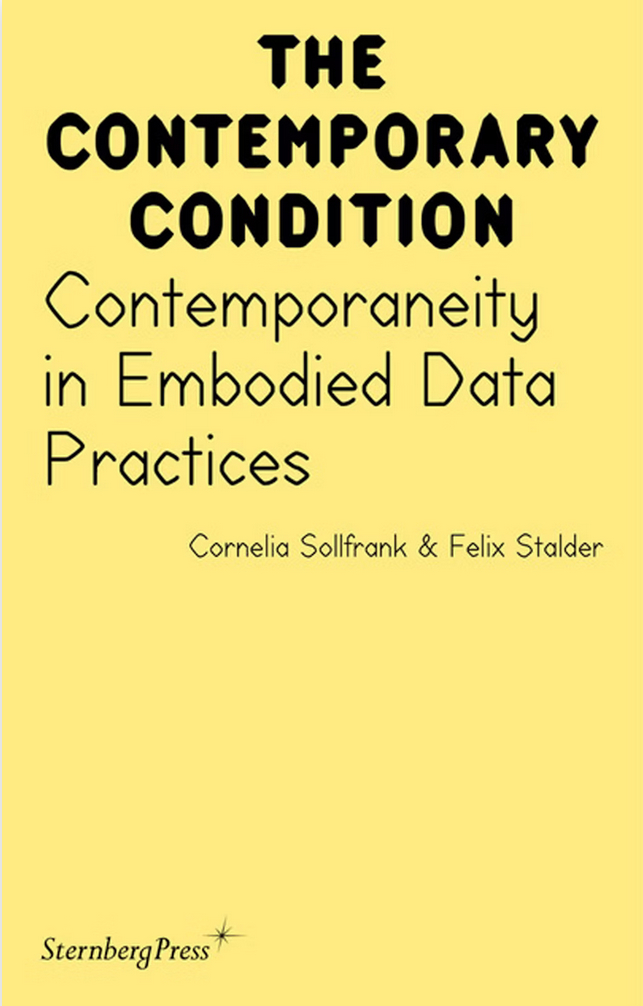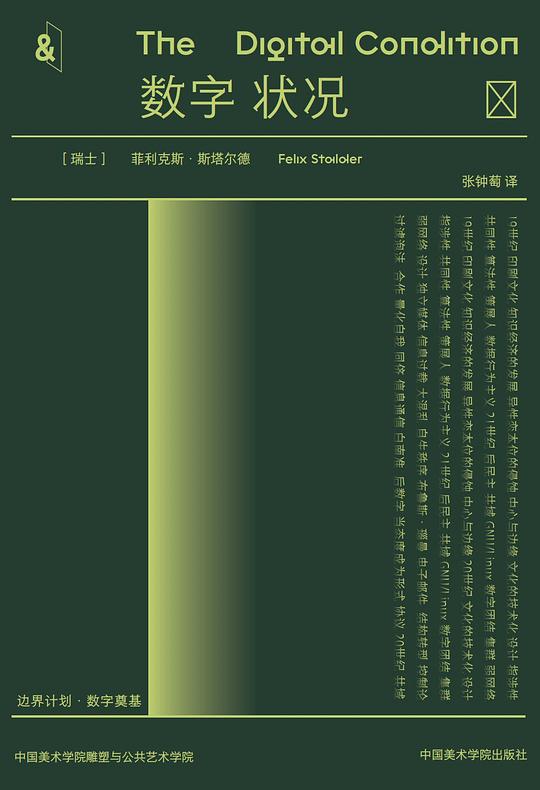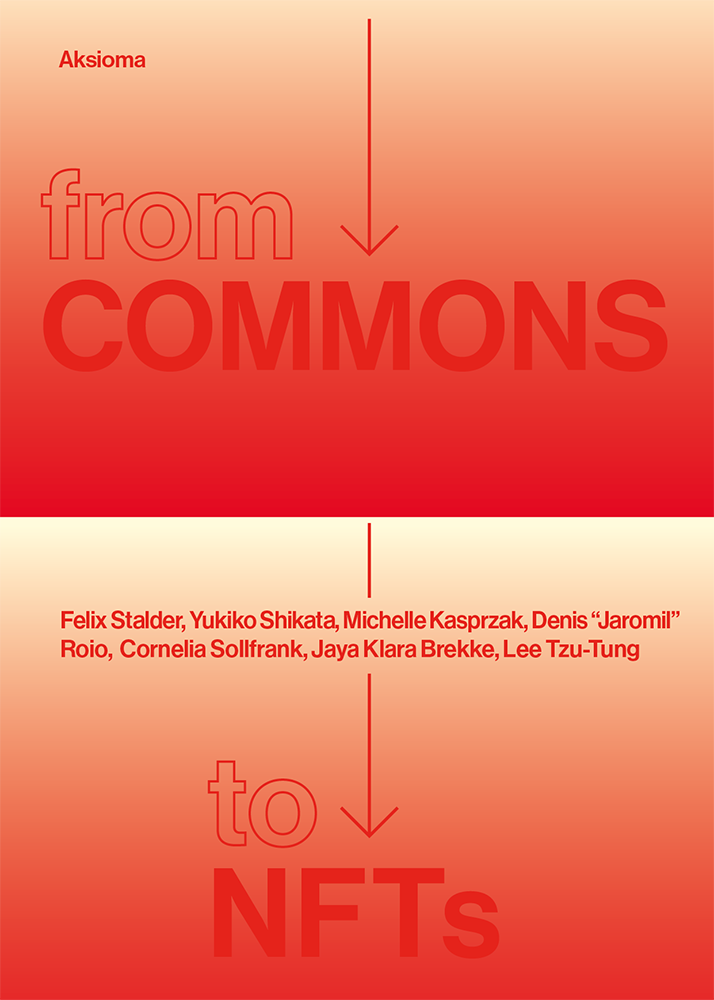
Harvard Business Review : Should You Invest in the Long Tail?
It was a compelling idea: In the digitized world, there’s more money to be made in niche offerings than in blockbusters. The data tell a different story.
This is a good article, with solid empirical data and good primers on the different theories (Winner-takes-all vs Long Tail). They conclude:
Although no one disputes the lengthening of the tail (clearly more obscure products are being made available for purchase every day), the tail is likely to be extremely flat and populated by titles that are mostly a diversion for consumers whose appetite for true blockbusters continues to grow.
Chris Anderson, responds:
But there is a subtle difference in the way we define the Long Tail, especially in the definitions of "head" and "tail", that leads to very different results.The best example of this is in what she describes as a growing "concentration" of sales around a relatively small number of blockbuster titles. In the Rhapsody data, she finds, the top 10% of titles (out of more than a million in that data sample) accounted for 78% of all plays, and the top 1% account for 32% of all plays. That sounds pretty concentrated around the head, until you reflect, as she notes, that "one percent of a million is still 10,000--[...]equal to the entire music inventory of a typical Wal-Mart store."
So, while the long tail does not indicate equal distribution (of course not!) even the hits are more spread out and the obscure stuff can exist at all. So, after all, diversity is up, which is, in and of itself, positive.














